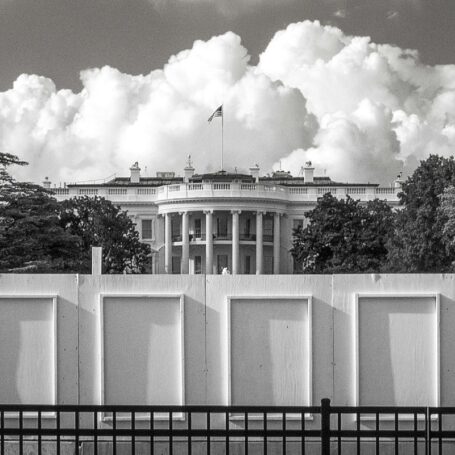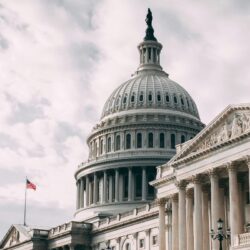As U.S. Appropriations Bill Nears Passage, NSF Expecting 4 Percent Increase in 2022 Budget
As the U.S. Congress nears passage of its fiscal year 2022 spending plan six months behind schedule, it appears the premiere funder of basic social science research will receive a 4 percent boost above what it received last year. That $351 million addition to the National Science Foundation brings its total budget to $8.84 billion, the largest increase the science agency has seen in a dozen years but still much less than the Biden administration asked for and under the current rate of inflation. Of that $8.84 billion, $7.2 billion would go to fund research and related activities, an increase of $250 million from the current fiscal year.
The increase resides in one of 12 pieces of legislation that make up a $1.5 trillion appropriations bill for 2022. Based on reporting by Politico and elsewhere, the U.S. House of Representatives could pass the 2,700-page bill today and the U.S. Senate by Friday, which would allow President Joe Biden to sign the bill into law before the current funding for the U.S. government runs out on Friday night. If that stalls, a four-day patch is in the wings.
Deconstructing the $1.5 trillion appropriation, $782 billion is allocated to defense, a 5.6 percent increase. Of the remaining $730 billion, one of those 12 constituent pieces of legislation, the Commerce, Justice, Science, and Related Agencies Appropriations Act, parcels out $75.8 billion. And it is through CJS, as the bill is colloquially known, that funding for the National Science Foundation, the Census Bureau, and many other government entities of professional interest to social and behavioral science, can be found.
The NSF funding is far below the $10.2 billion the president originally requested, and the House and the Senate authorized, for the foundation. In the The Senate authorized $9.49 billion for the NSF, and the House $9.63 billion.
The bill also authorizes standing up a new directorate at NSF, the Directorate for Technology, Innovation, and Partnerships. Explanatory text that accompanies the bill explains that the new directorate is seen as “a cross-cutting platform to advance science and engineering research leading to breakthrough technologies, to find solutions to national and societal challenges, to strengthen U.S. global competitiveness, and to provide training opportunities for the development of a diverse STEM workforce.”
The Bureau of the Census, which produces a huge volume of data used in social science research, will receive $1.35 billion, up from the $1.11 billion of the year before.
Spending on the National Institutes of Health can be found in the Labor, Health and Human Services, Education, and Related Agencies Appropriations Act, which is seeing a 7.7 percent increase to $213.6 billion. The NIH is allocated $45 billion for NIH, an increase of $2.25 billion. NIH funds many behavioral research projects, and some highlights of that spending from the new bill include increases of $50 million into research related to opioids, stimulants, and pain/pain management; $50 million for health disparities research; and $12.5 million on firearm injury and mortality prevention research.
[This story will be updated.]



























































































